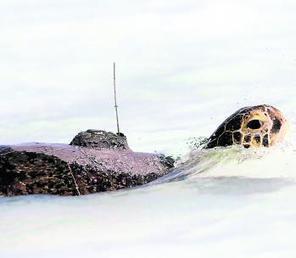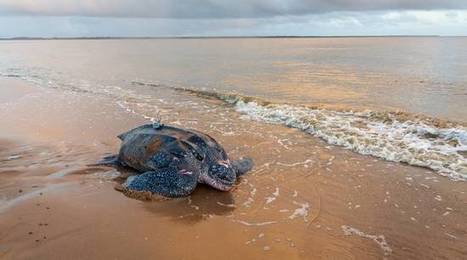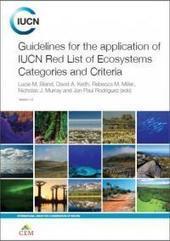La Liste Rouge des espèces menacées requiert des données suffisamment précises sur les espèces à évaluer afin d’obtenir un résultat robuste. C’est dans cette optique que le Pôle-relais zones humides tropicales s’est associé à Sentinelle Lab, spécialiste des espèces d’eau douce de Guadeloupe, afin de poursuivre les efforts d’acquisition de connaissances sur les poissons et crustacés du territoire.
Research and publish the best content.
Get Started for FREE
Sign up with Facebook Sign up with X
I don't have a Facebook or a X account
Already have an account: Login
Revue de presse et du net par le Pôle de partage des connaissances S&T de l'Office français de la biodiversité
Curated by
DocBiodiv
 Your new post is loading... Your new post is loading...
 Your new post is loading... Your new post is loading...
|
|

















Rapport final de l’étude (sept 2023) et Atlas cartographique de la répartition de l’ichtyofaune et de la carcinofaune dulçaquicoles de la Guadeloupe (2005 à 2022) disponibles sur cette page